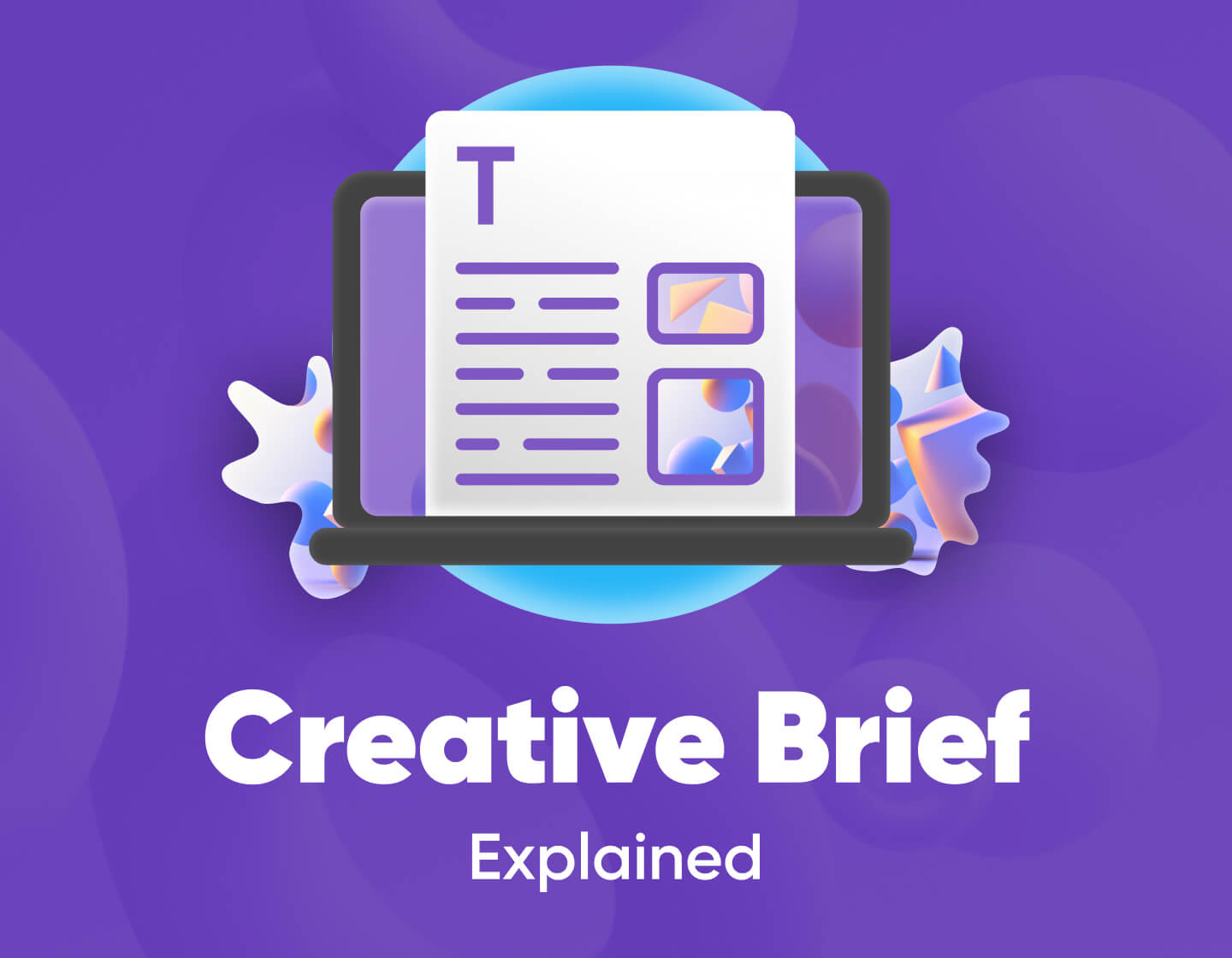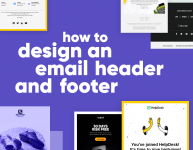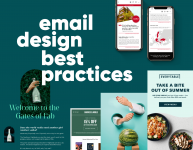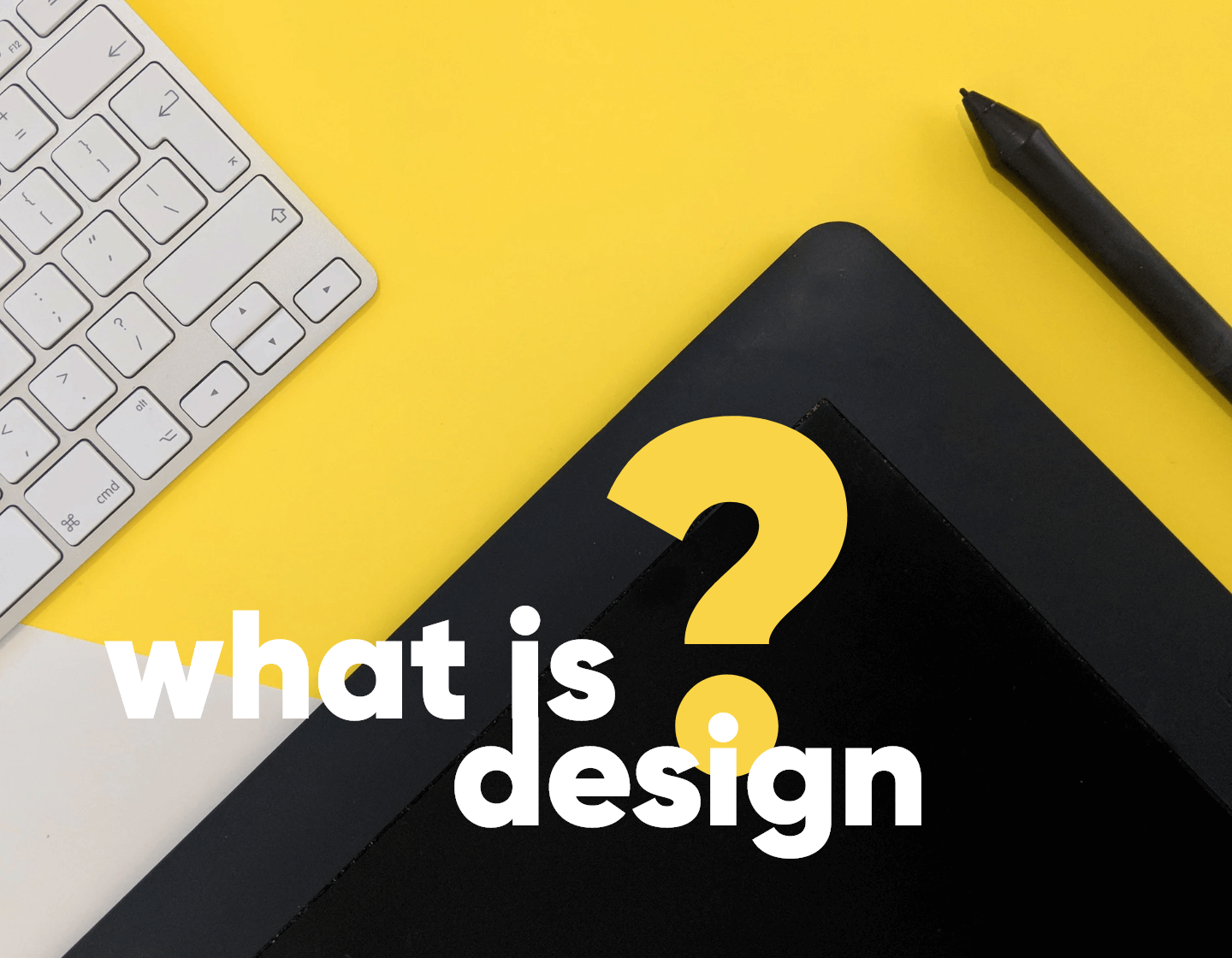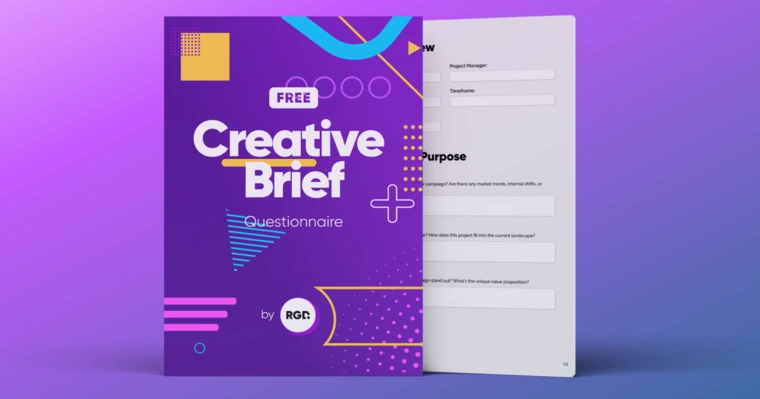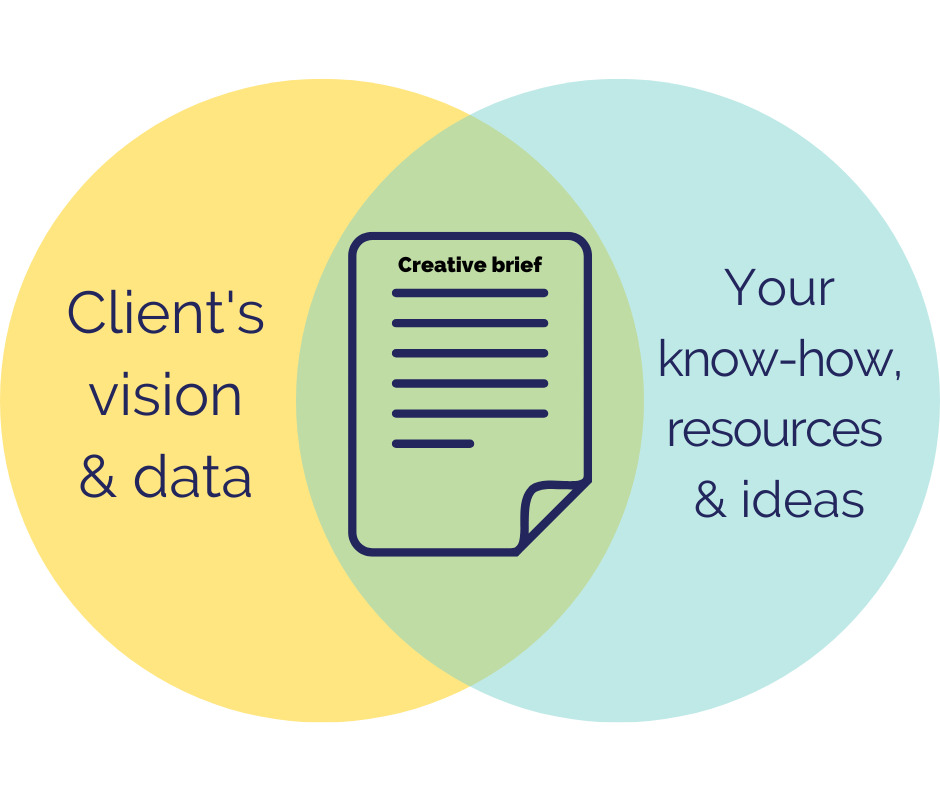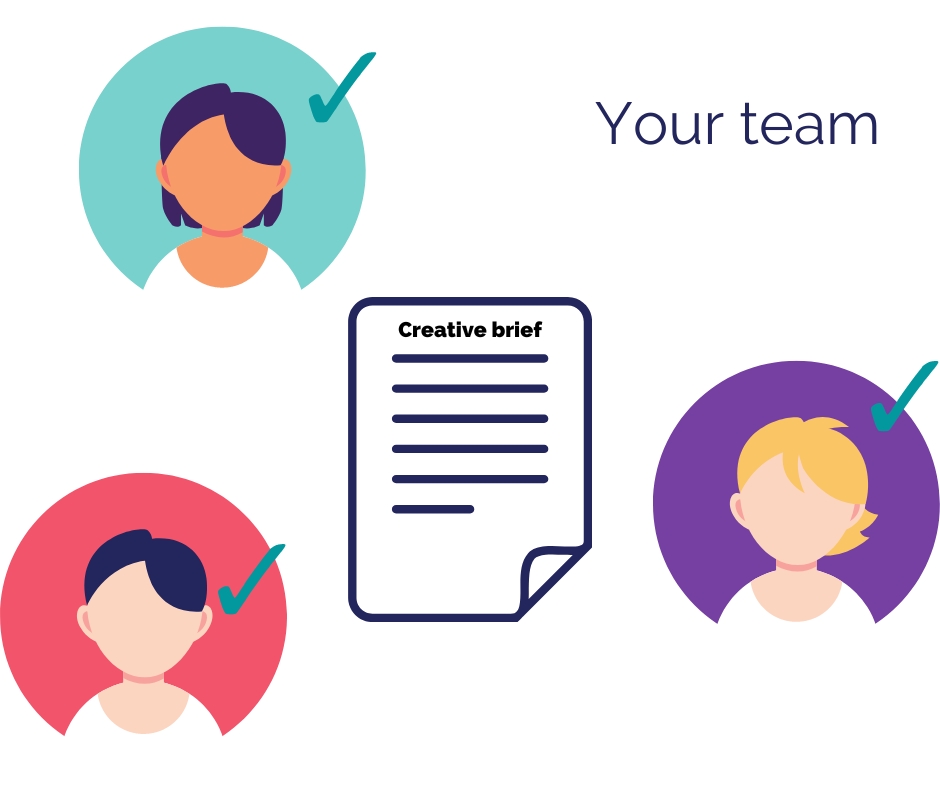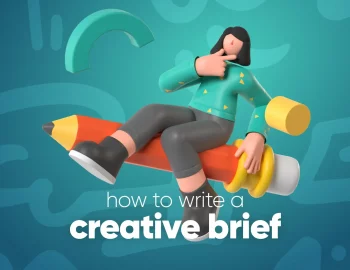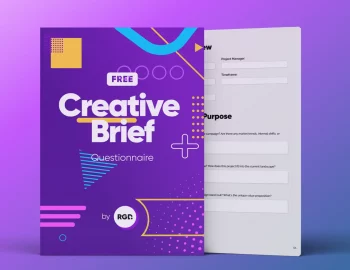What is a creative brief, at all?
We get it. You are a designer and not much into writing. So, here you are – looking for a solution to how to go through this challenge called “a creative brief”.
This post will cost you about 5-6 minutes to read, so you fully understand the concept and purpose of the creative brief. By the end, you will know how to prepare one yourself and finally get the work going.
Wait a sec… We just wrote a quick, improvised creative brief!
Kind of. It was creative, it was brief, and it included some key points a brief should cover:
The creative brief is a written document that outlines all major points in a particular creative project/campaign, which at this point, is still an idea and about to come to a realization. The creative brief’s job is to synchronize everyone involved in terms of what the project/campaign is about, what the objectives are, what needs to be done in order to achieve the objectives, and how to get it done.
If you need to make a creative brief right now, we’ve made a special FREE TEMPLATE you can get now and save time:
Let us say, you are a designer (of course), who…
…is hired to create a website and social media banners for a newly opened high-class hair salon in order to present the brand digitally and help attract new customers. You will probably need the help of content marketers and content writers to deliver a finished product. In this train of thought, the creative brief helps in two ways:
First off, it represents the meeting point between your client’s vision of what they want to be achieved with your know-how, resources, and ideas of how you can achieve it.
Secondly, it puts everyone on the executive side – designers, marketers, content writers, etc. – on the same page and working towards the same objective.
With that said, the creative brief must contain all essential KEY points in terms of a creative approach, which you and your client agree on, that will act as a guide and reasoning for all work you are going to do and deliver later.
What does this mean for our particular example with the salon project?
You may need to add more key parameters like budget, brand tone, must-have brand elements, and deliverables to be included in the brief.
Let’s go through the key points and fill in the gaps simultaneously.
(Specific and clear, representing the intentions of the campaign.)
(Who is your client? Short info and essential insights.)
(Only one objective that is clear, straightforward, and focused.)
(A description of what needs to be done in order to achieve the objective.)
(The time needed to accomplish all tasks related to the project’s objective.)
(How much budget is allocated?)
(Who is your target client? How do they think? What do they believe in?)
(What is your target client’s pain or strongest desire?)
(What solution do you offer?)
(What makes you different from your best competitor?)
(One focus feature that is most prominent to your potential client.)
(How should the brand sound to potential clients?)
(What design elements are mandatory for this project?)
(What do you want your audience to do after seeing your project?)
(The actual works you will create in order to achieve the objective.)
To sum up,
Making a creative brief will help you tailor your design to the actual needs of your client’s target audience. Even more, if you have to involve more people later on, this short document is the perfect tool to get them into the vibe and needs of this particular project.
Just follow these simple guidelines described above and fill in the gaps with the key information of your particular project. You will be able to write a creative brief for your next design fast and effectively.
We hope that this article “What is a creative brief?” shed some light on the subject for you. Here is some more useful and inspirational content that you may enjoy:


